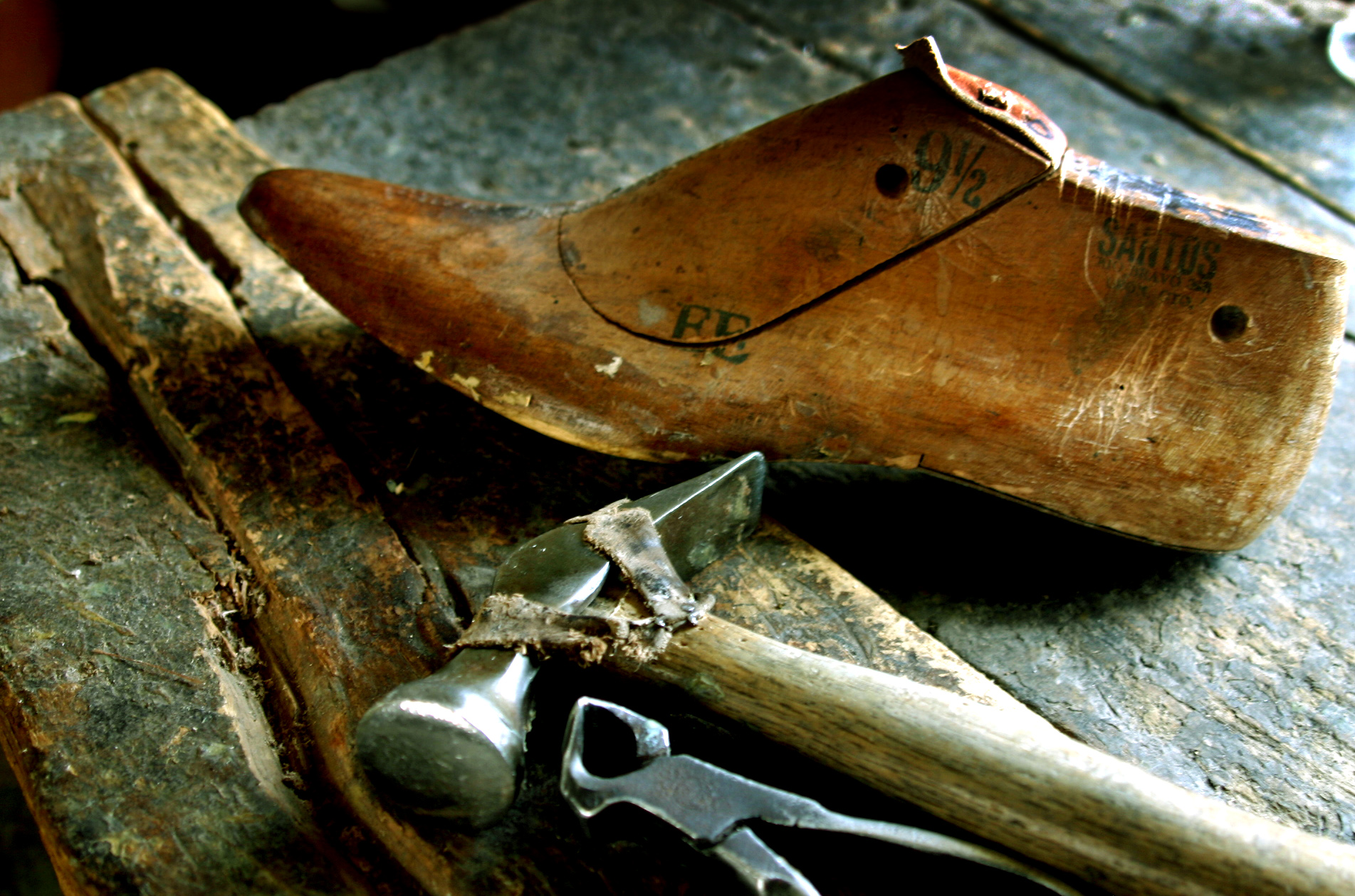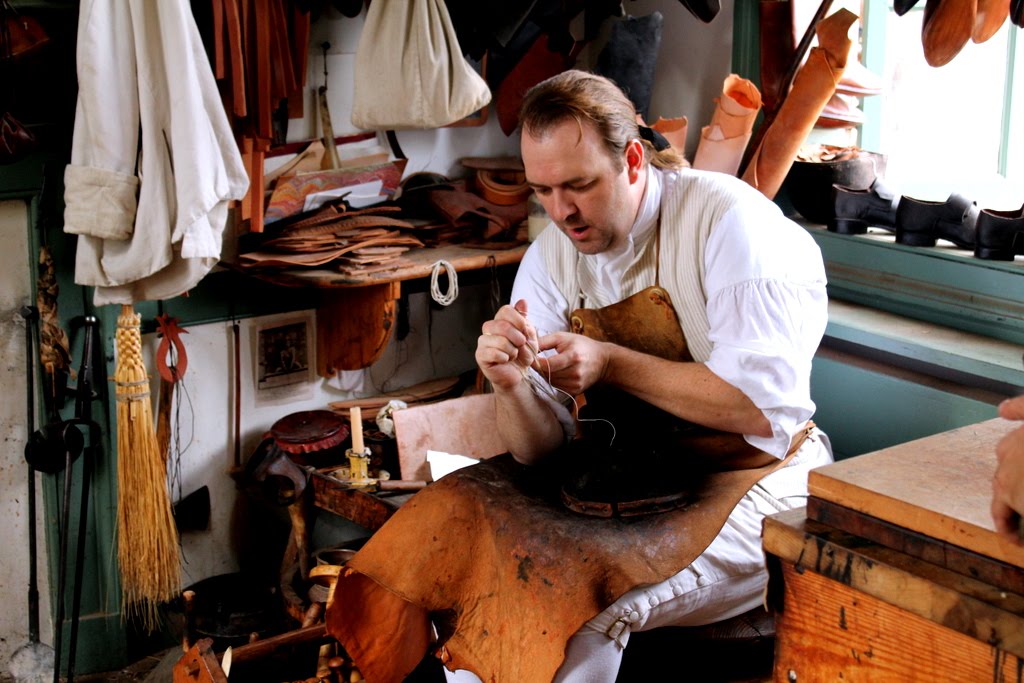
What is a Shoemaker?
A shoemaker is someone who makes, designs and repairs footwear. The original name for a shoemaker was cordwainer. Historically, shoes were made one shoe at a time by hand, but this has somewhat been replaced by the shoe manufacturing industry, producing shoes at a far greater rate than sole shoemakers can. There are still shoemakers however, that produce quality, detailed and crafted work, but they are becoming rare.
Although there are few remaining shoemakers in the world, the art of shoemaking will likely be around for quite some time, as many parts of the world still rely on shoemakers. Also, some people still like to know that their perfectly-fitted shoes were designed and made specifically for them.
What does a Shoemaker do?
Shoemakers have been designing, making, repairing, and cleaning shoes for hundreds of years. To make a shoe, a shoemaker will usually use a last. A last is shaped like a human foot, and using this tool will ensure a properly sized shoe.
Using knives, shears, scissors, or machine presses, a shoemaker will cut out parts following patterns or outlines. Sewing machines, needles and thread, glue and clamps or various hand tools and rivets are used to either repair, decorate or construct leather products according to people’s needs and specifications. Certain desired effects are achieved by using dye, paint or stain. A Shoemaker may engrave or stamp leather to achieve a decorative look, or use stitching to create various shapes.
Part of a shoemaker’s duties are the repair and maintenance of shoes. Repairing or applying heels and outsoles by using cement, nails or sewing holes and then shaping the shoe heels with a knife and buffing them for smoothness is all part of a day’s work.
Shoemakers need to be business savvy as well, since a big part of a shoemaker’s customer service is estimating the costs of making custom shoes or boots or estimating a repair.
How to become a Shoemaker
Some colleges and trade schools have shoe repair and/or design programs or offer that type of training through their fashion design department. It’s best to look for a school that offers a cobbling or cordwaining program that will teach all of the necessary skills. Of course, becoming an apprentice to an experienced shoemaker will give you on-the-job training and that type of training is priceless.
What is the workplace of a Shoemaker like?
Years ago, it was common for small-scale businesses to live and work in the same house. The house of the shoemaker, or cordwainer, was similar to other artisans. He was usually not wealthy enough to own a house so rented the first floor of a residence where he housed and fed his family and also made and repaired shoes and leather goods.
In modern times, a shoemaker will typically work out of a shop in a community, providing his services to the local people in the area. Shoemakers tend to be self-employed and work in small stores or kiosks. The work often involves standing for many hours at a work bench.





